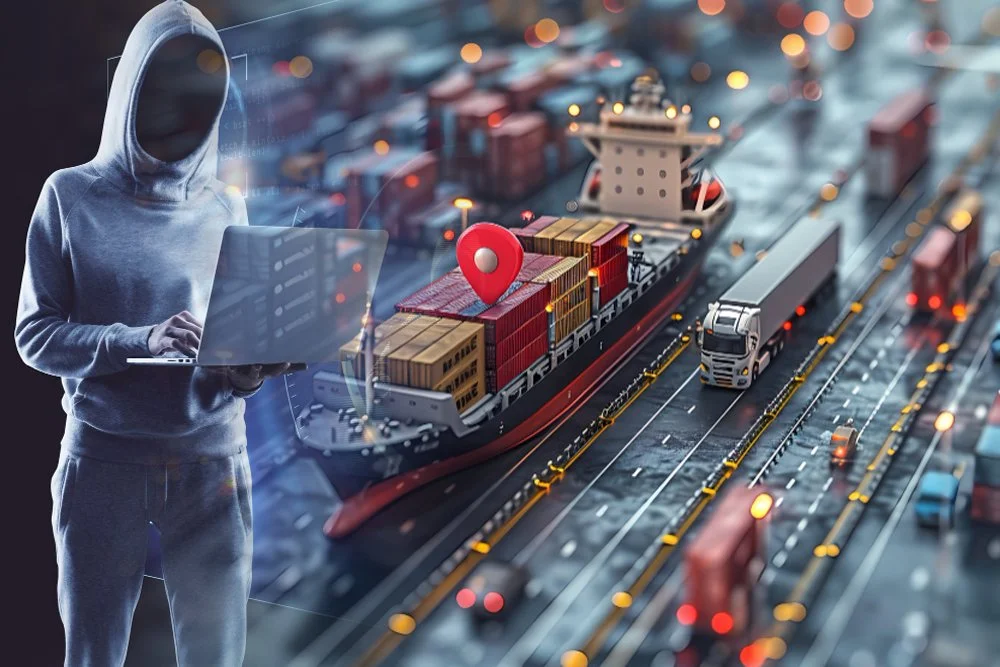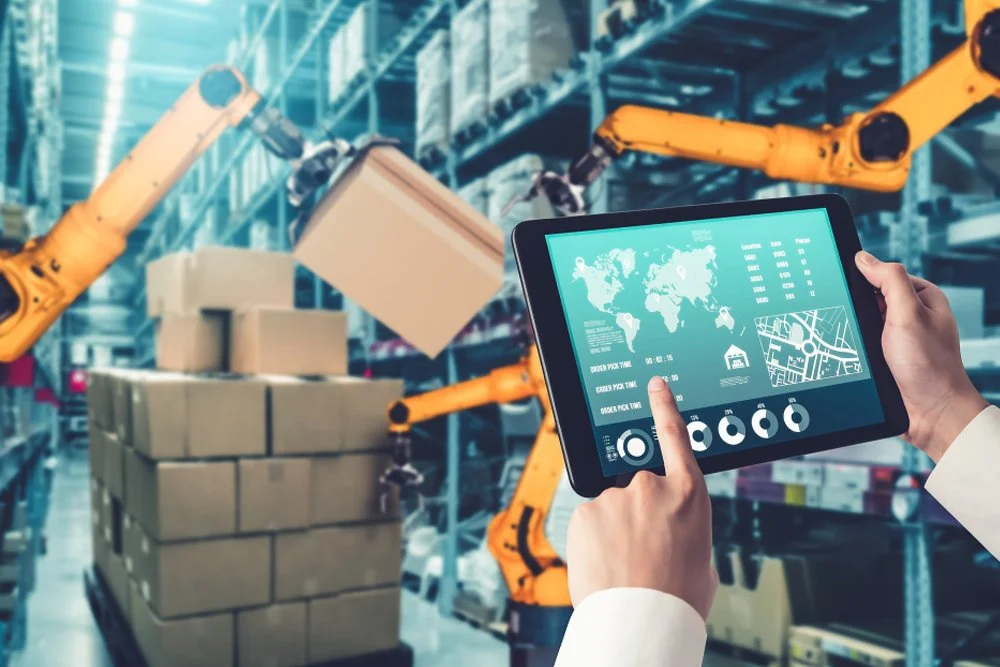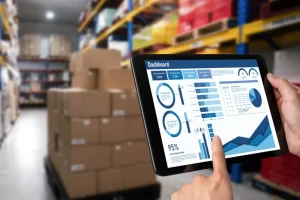The term “supply chain visibility” has been a boardroom buzzword for years. But for many, it still means a basic GPS dot on a map or a delayed status update. What if you could know not just where your shipment is, but what is happening to it in real-time? What if your machines could tell you they need maintenance before they break down?
This isn’t a vision of the future. It’s happening now, thanks to the silent revolution of the Internet of Things (IoT) and its powerful integration with modern ERP systems.
From “Where is it?” to “What’s its Condition?”
IoT involves embedding sensors into physical objects—from shipping containers and warehouse shelves to production line robots. These sensors collect and transmit data about their environment and status. When this real-time data stream is fed into your ERP, magic happens.
- Condition Monitoring: For perishable goods like pharmaceuticals or food, IoT sensors monitor temperature, humidity, and shock throughout the journey. Your ERP can trigger an alert if conditions deviate, allowing you to save a valuable shipment before it spoils.
- Theft and Tamper Detection: Smart seals on containers can alert you the moment a door is opened unexpectedly, integrating directly with your ERP’s security and logistics log.
Predictive Maintenance: From Reactive to Proactive
Unplanned equipment downtime is a profit killer. The traditional model is run-to-failure or inefficient time-based maintenance.
IoT transforms this. Vibration, temperature, and acoustic sensors on critical machinery can detect subtle anomalies that signal an impending failure. This data is sent to the ERP, which can automatically:
- Generate a maintenance work order.
- Reserve the necessary parts from inventory.
- Schedule the downtime during the least disruptive period.
This shift from reactive to predictive maintenance saves enormous costs and prevents production halts.



The Autonomous Supply Chain: Self-Optimizing in Real-Time
This is the holy grail. By combining IoT data with the analytical power of ERP, your supply chain can begin to manage itself.
- Autonomous Replenishment: Smart shelves in a warehouse or retail store can detect when inventory is running low. Instead of waiting for a weekly stock check, they can automatically send a signal to the ERP, which creates a purchase requisition or even places an order with a pre-approved supplier.
- Dynamic Routing: IoT data from trucks and traffic networks can be analyzed by the ERP to dynamically re-route shipments around delays, weather, or traffic, ensuring the fastest possible delivery while saving fuel.
The Data Challenge: The Role of Edge Computing
With thousands of sensors transmitting data, you can’t flood your central ERP with every single data point. This is where Edge Computing comes in. Data is processed and filtered locally (at the “edge” of the network) by small computers near the sensors. The ERP only receives the processed, actionable insights—like an alert that a temperature threshold was breached, not a constant stream of “37°F, 37°F, 37°F…”
Are You Ready for a Living Supply Chain?
Integrating IoT with your ERP is no longer a luxury for industry giants. The technology is becoming more accessible and affordable. The businesses that embrace this will no longer have a linear supply chain; they will have a living, breathing, and self-optimizing ecosystem that responds to the world in real-time.
The silent revolution is here. It’s time to start listening to your assets.Want to learn how IoT and ERP integration can solve your biggest supply chain challenges? [Download our free whitepaper on Building a Connected Operation].







